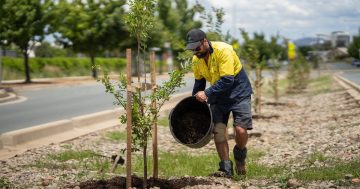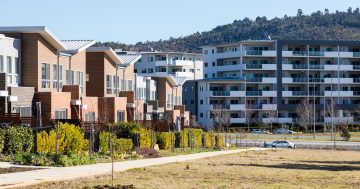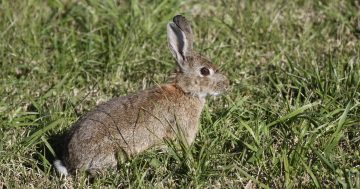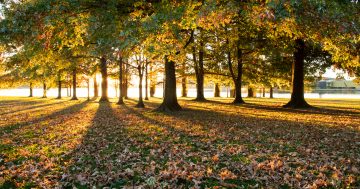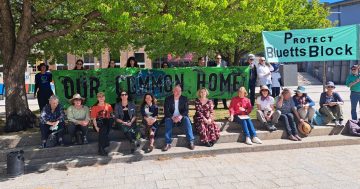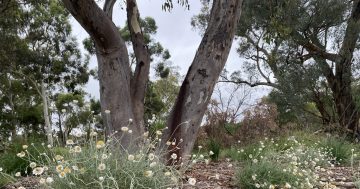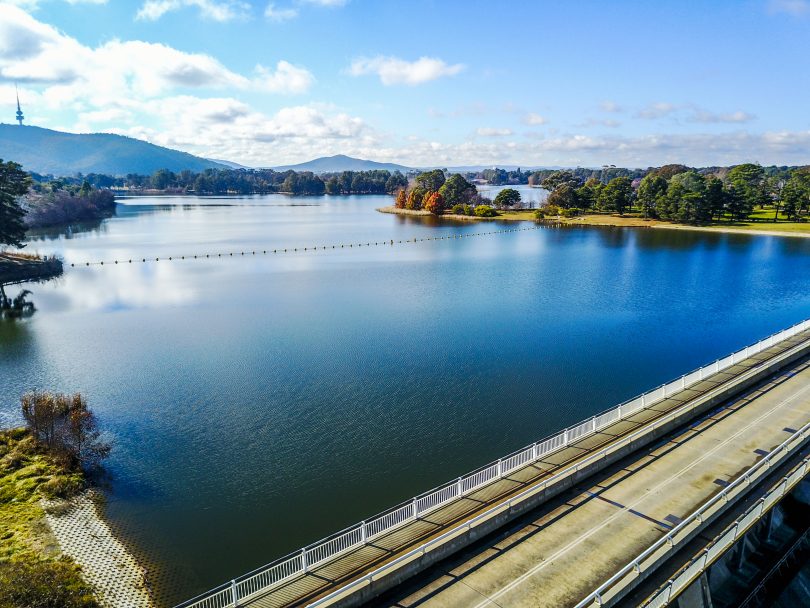
Photo: Jack Mohr.
Canberra is affectionately known as the “Bush Capital” which is not surprising given the abundance of nature within our city. But Canberra is growing, and with that comes greater challenges to ensuring our natural environment is maintained within our city boundaries.
With this in mind, the Environment and Transport and City Services Committee is undertaking an inquiry into nature in our city. This inquiry is a great opportunity for Canberrans to have their say about how the balance of natural and urban environments can be managed in Canberra, now and into the future.
It is expected that by 2030, Canberra’s population will reach 500,000 people. It is well known that expanding populations lead to expanding urban areas. Whether we develop up or develop out, it places pressure on the balance between our natural and urban environments.
The good news is it’s not necessarily a case of having one or the other – there is room for both – but we will need to be proactive to ensure that as Canberra urbanises we keep nature in our city.
Canberra is not the first city to face the challenge of balancing natural and urban environments, so there are a lot of examples we can draw from.
In May 2009 Toronto became the first city in North America to mandate green roofs on all new developments. The introduction of the rule has seen 260 green roofs built across the city since 2010. Copenhagen, Zurich and Tokyo all have similar mandates. While green roofs – as well as green walls – have become prominent examples of “living infrastructure” they are not the only example.
Waterways restored to creek beds, tree canopies, pocket parks, larger parks and in fact any nature within an urban area are all examples of living infrastructure.
From an environmental perspective, a healthy natural environment within a city improves ecosystem biodiversity, reduces pollution, mitigates extreme heat and can act as a carbon sink among many other benefits.
Studies increasingly indicate connection with nature is good for our health and wellbeing. When natural outdoor areas are appealing and accessible, we’re more likely to go outside and be exposed to sunlight and fresh air and also connect with our community.
However, there are some things to keep in mind when combining our natural and urban environments. Natural reserves within and at the edges of cities present their own particular challenges. These areas need to be managed so they are not degraded and are kept safe while being conscious of increased risks associated with natural impacts such as bushfires.
The Cyprus Views Grasslands in Caroline Springs, Victoria is an example of how a natural area with high biodiversity and conservation values can be integrated with the urban environment that surrounds it. Rather than fencing the grasslands and locking up the reserve, the council undertook to make the site accessible as a community recreation facility. Raised footpaths allow access into and around the grasslands and a lookout tower provides community space. The grasses don’t get trampled, the risk of weed contamination is lowered, and people get to enjoy the outdoor environment.
If you have ideas or opinions to share on this topic, make a submission to the Committee before Friday 8 June 2018. You can find details here on how to make a submission.
Suzanne Orr MLA is the Chair of the Environment and Transport and City Services Committee.












